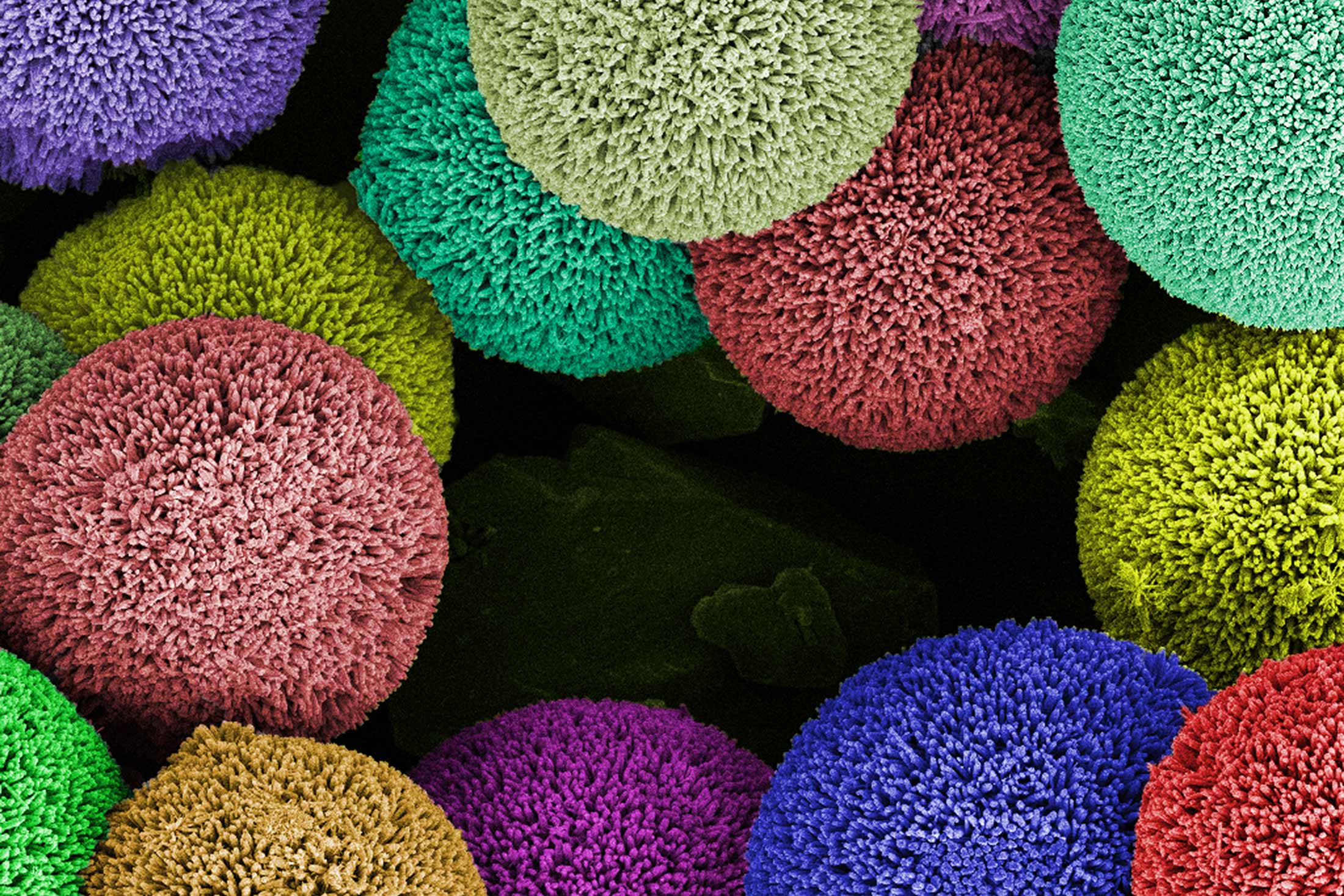
Research Publications
Scholarly Contributions
BI researchers are at the forefront of their field and combine their expertise to tackle the most complex biomedical questions. They are active contributors to the scholarly mission of our institute and training the next generation of scientists.
BI Impact
BI researchers are active contributors to the university’s research mission: engaging in scientific discovery and entrepreneurship across the institute and the entire campus. At BI, we are making scholarly impact and technological strides, while training the next generation of biomedical engineers.